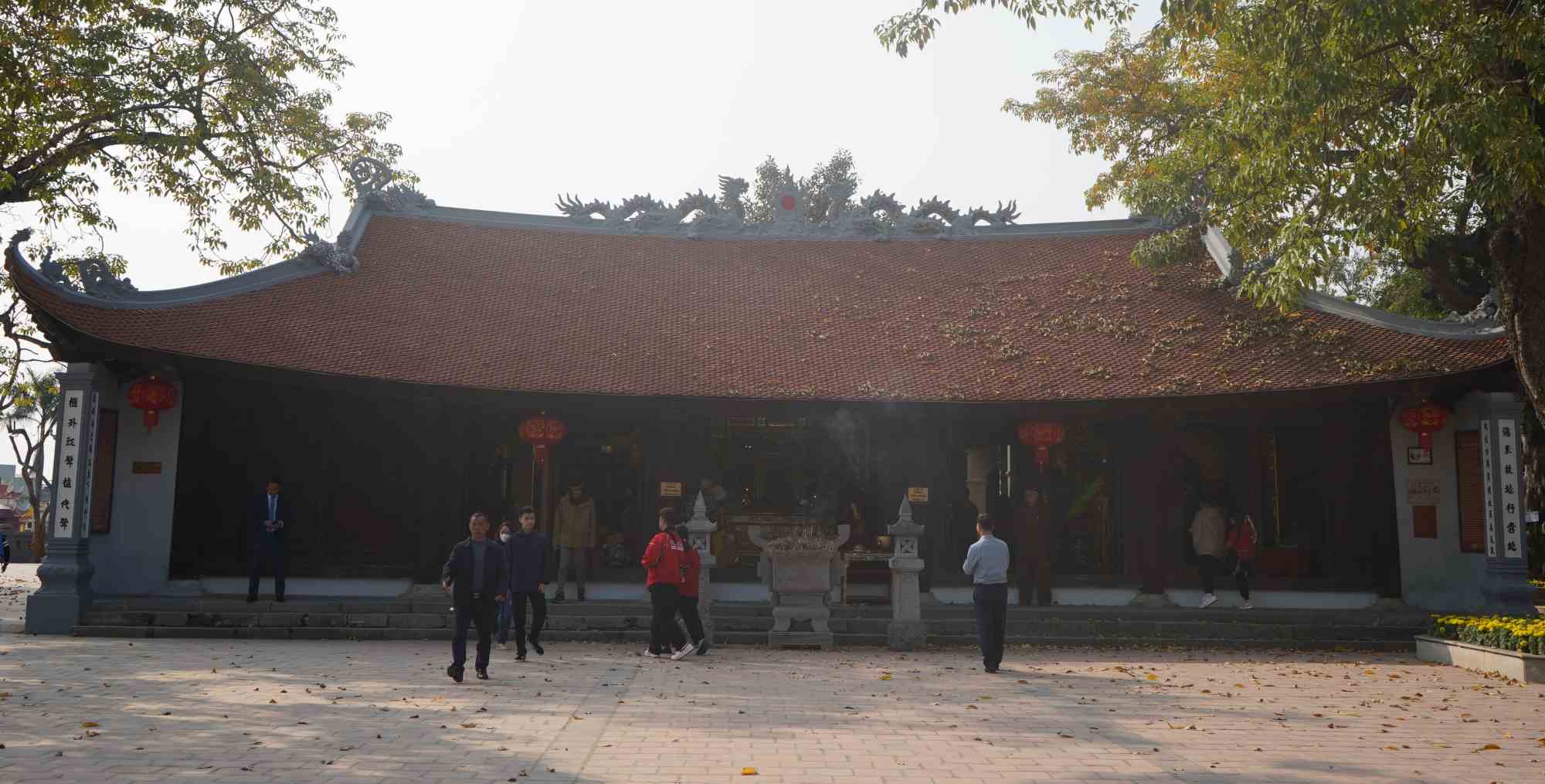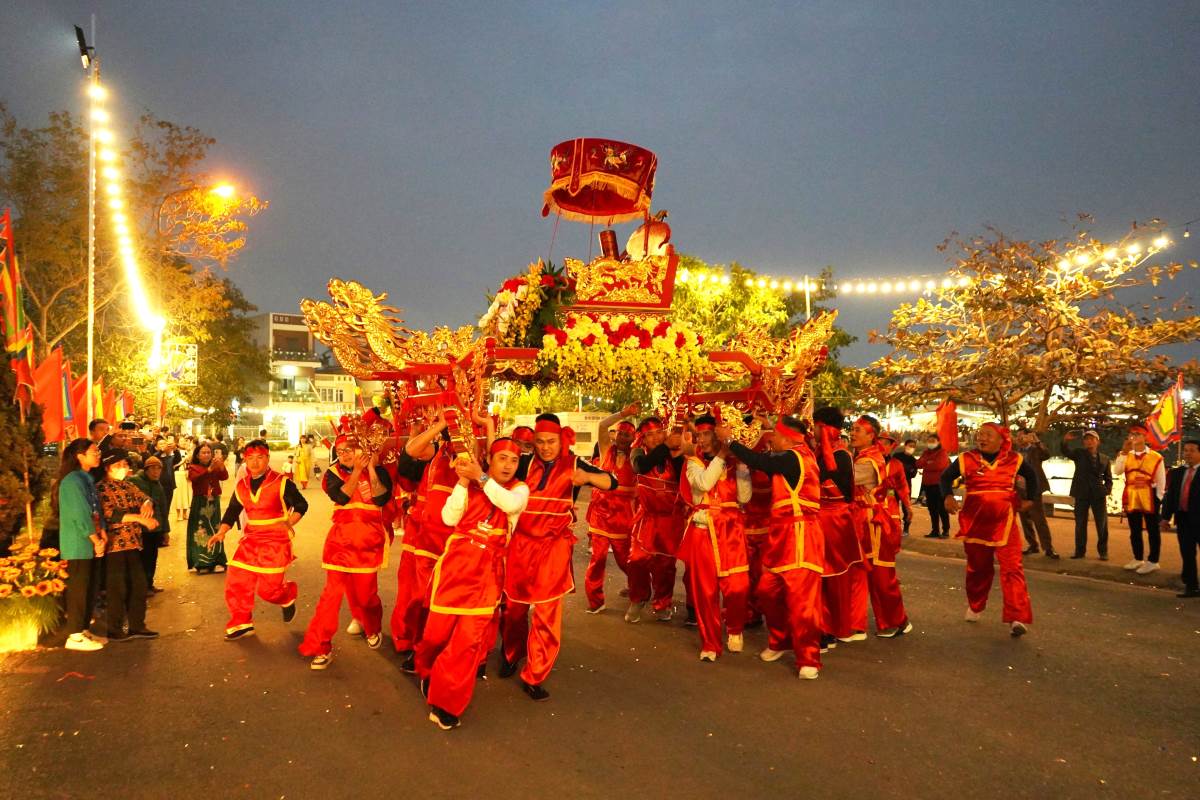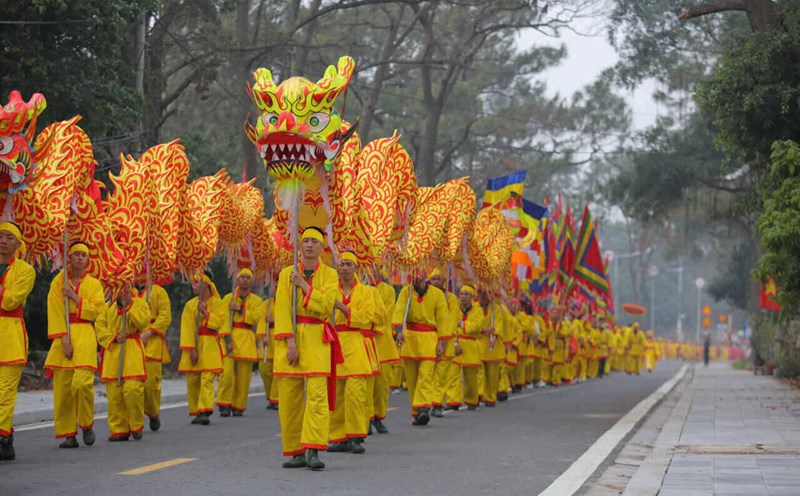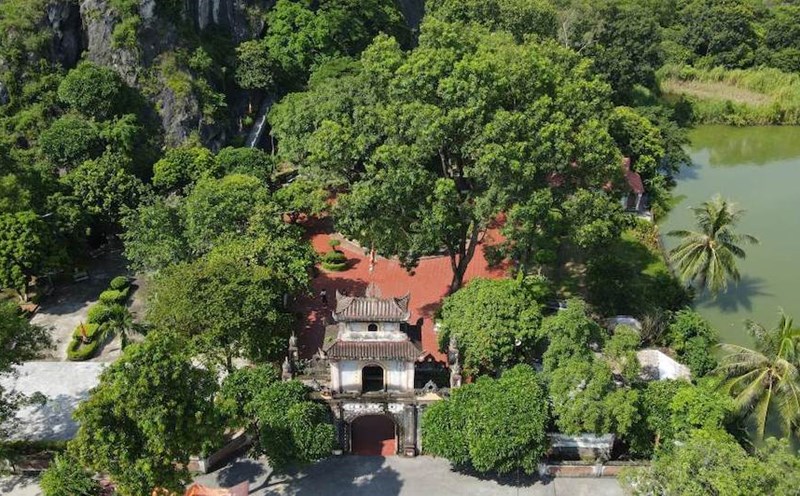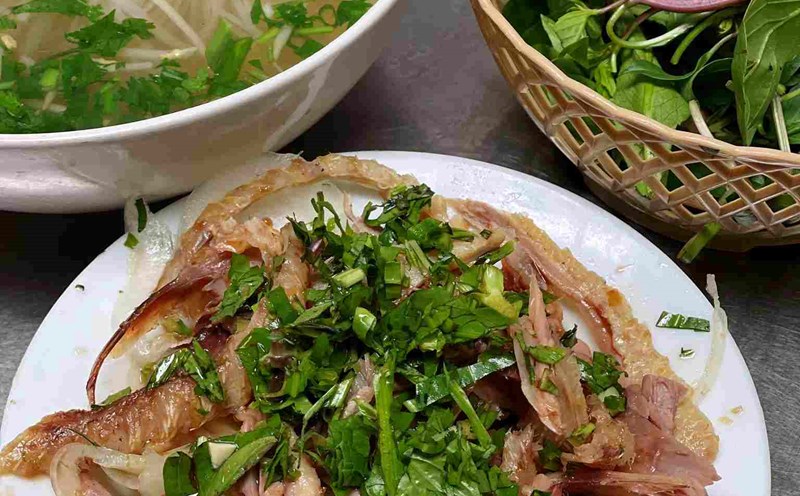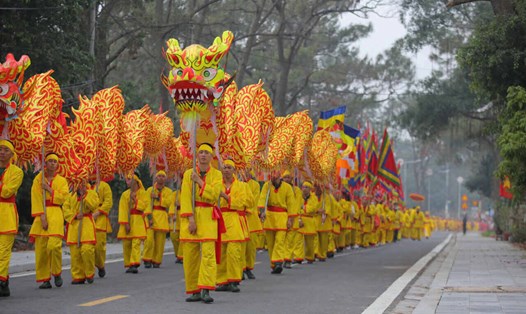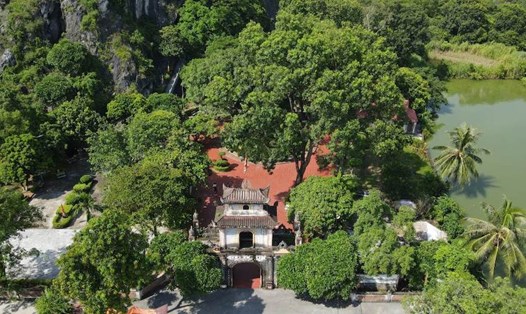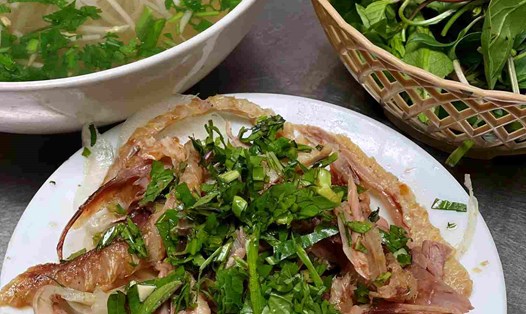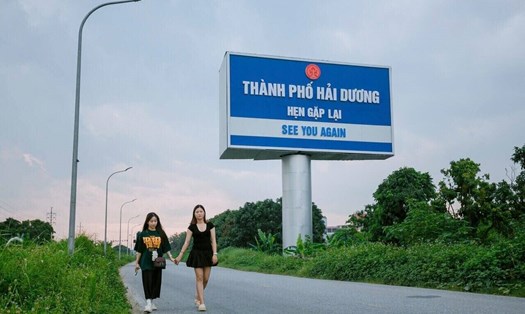Historical and architectural relics of Con Son - Kiep Bac
This is a relic ranked in the second phase (Decision No. 548/QD-TTg dated May 10, 2012 of the Prime Minister).
Con Son Pagoda was built at the end of the 13th century, expanded and completed in the 14th century; restored and embellished in the 15th, 16th, 17th, and 18th centuries...
According to the stele, the ancient pagoda is a splendid complex of unique architecture consisting of 83 rooms, with inter-flowered male and female flowers with 385 statues; the roofs are covered with glass-bearing tiles, glass-bearing golden age... looking like a giant lantern. Over time, the ancient architectures no longer exist.
Today, in addition to the two foundations of the lotus wing and some remains from the Tran Dynasty, the works have been restored and renovated from the 17th century, early 20th century and recent years.
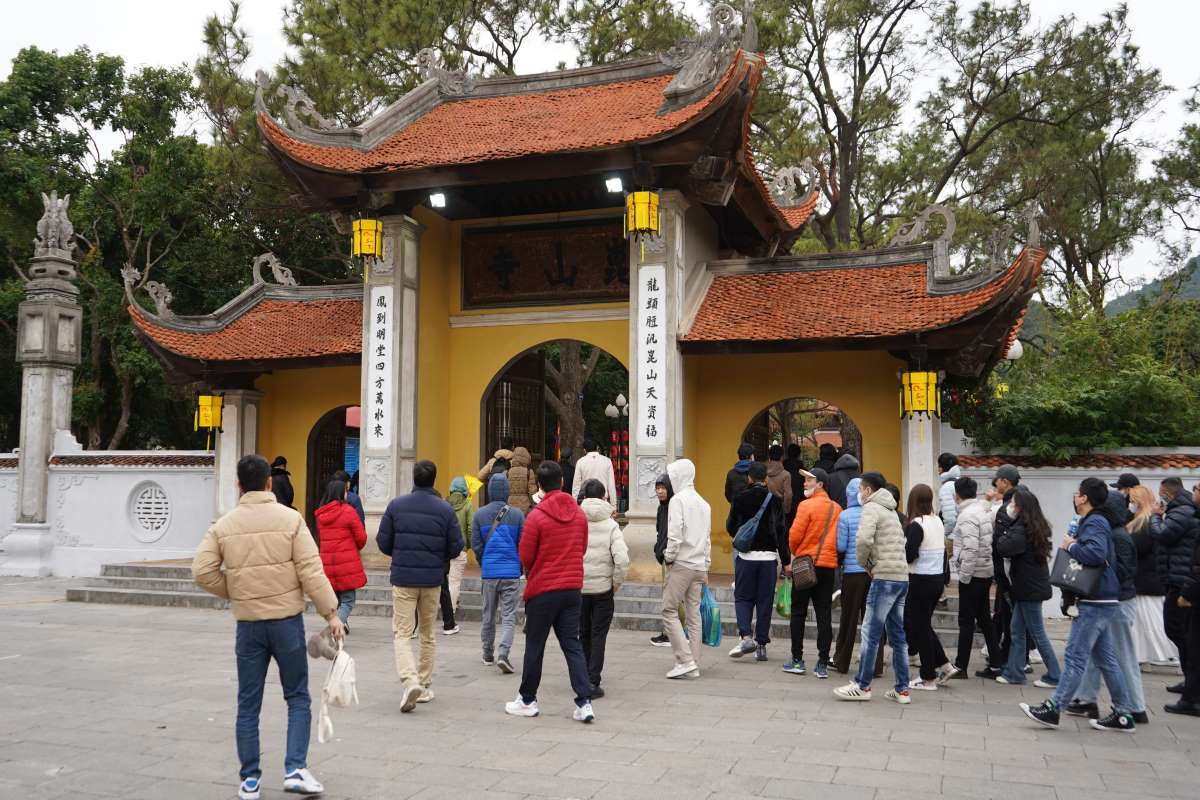
Kien Bac Temple worships Hung Dao national hero Dai Vuong Tran Quoc Tuan and all the families. The temple is located in the middle of the Dragon Mountain valley, in the territory of Van Yen village (nom is Kiep) and Duoc Son village (nom is Bac), so it is called Kien Bac temple, now in Tran Hung Dao ward, Hai Phong city.
The temple's gate is a massive and magnificent architectural work, designed in the style of a gate in the form of a roll with three arched doors and two large pillars, creating a vivid picture of the four sacred animals, the four sacred animals, generally the sun, sky, earth, nature, people in the sacred land.

Cat Ba archipelago
The scenic spots of Cat Ba archipelago (specifically Cat Hai area) are ranked 4th (Decision No. 2383/QD-TTg dated December 9, 2013 of the Prime Minister).
Cat Ba archipelago is a world UNESCO Biosphere Reserve (UN UNESCO, 2004) and a World Natural Heritage (combined with Ha Long Bay, 2023), with a diverse ecosystem and beautiful beaches

Historical site of Nguyen Binh Khiem Temple
This is the relic of the abbot Tranh Nguyen Binh Khiem (1491-1585). He was a outstanding cultural figure in the history of the Vietnamese nation in the 16th century, a famous teacher during the Southern - Northern dynasty, and a talented fortune-telling teacher in the history of the nation.
With the talent and virtue of a winemaker and teacher, Trang Trinh Nguyen Binh Khiem was honored by the people to build a temple in his hometown in Ly Hoc commune, Vinh Bao district (now Nguyen Binh Khiem commune, Hai Phong city).
The highlight of the relic site is the ancient 3-room canopy-roofed house simulating Am Bach Van. According to historical records, in the fall of the year Nham Dan 1542, Nguyen Binh Khiem Quan returned to his hometown, raised Am Bach Van to teach, and gave him the name Bach Van Cu Si.
His students have thousands, later all of them are famous and highly successful people such as Phung Khac Khoan, Nguyen Quyen, Dinh Thoi Trung, Nguyen Du... In 2004, Am Bach Van was rebuilt to honor the great contributions of Trang Trinh Nguyen Binh Khiem.
The relic in Nguyen Binh Khiem commune (Hai Phong) is ranked 6th (Decision No. 2367/QD-TTg dated December 23, 2015 of the Prime Minister).
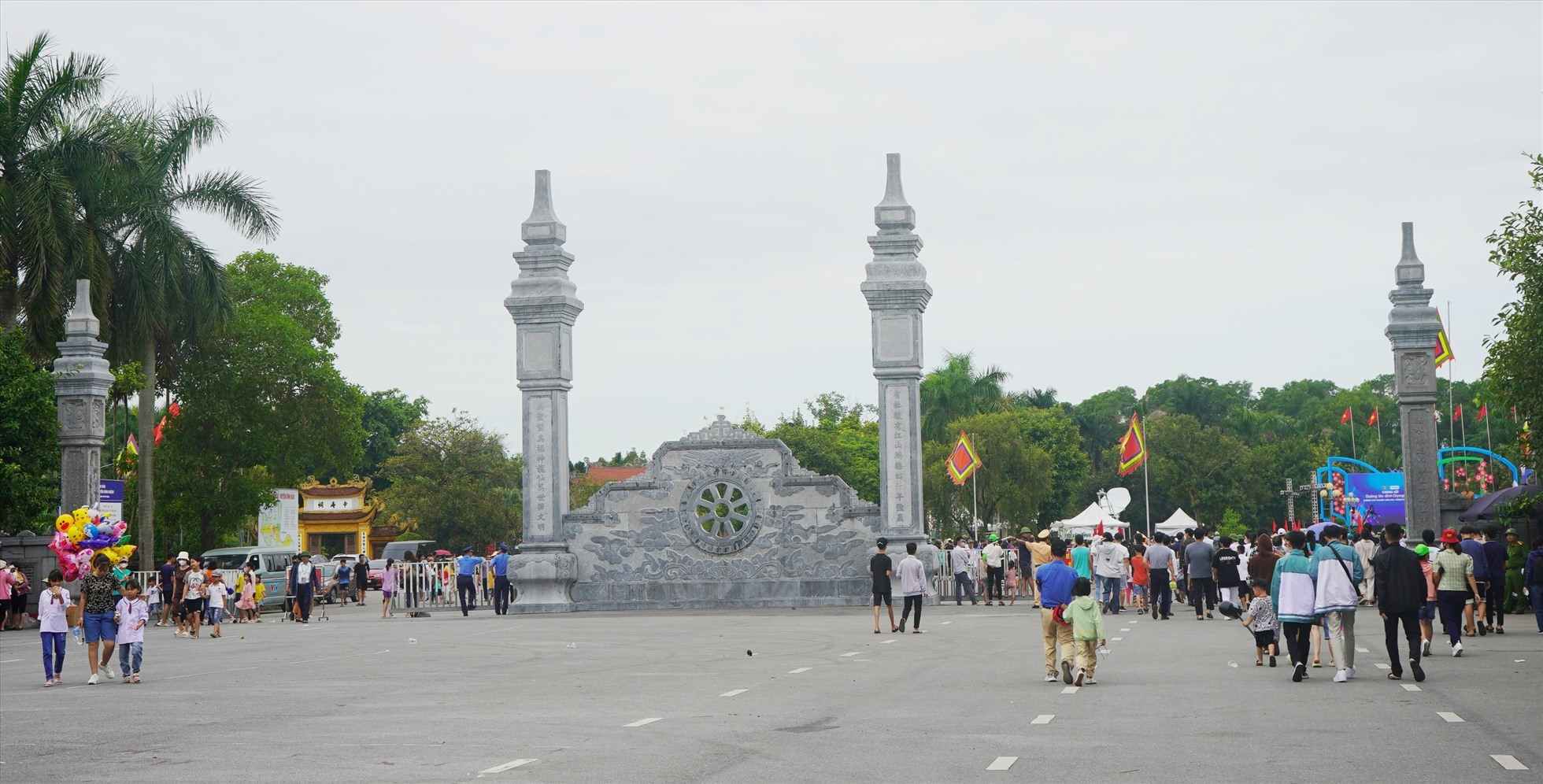
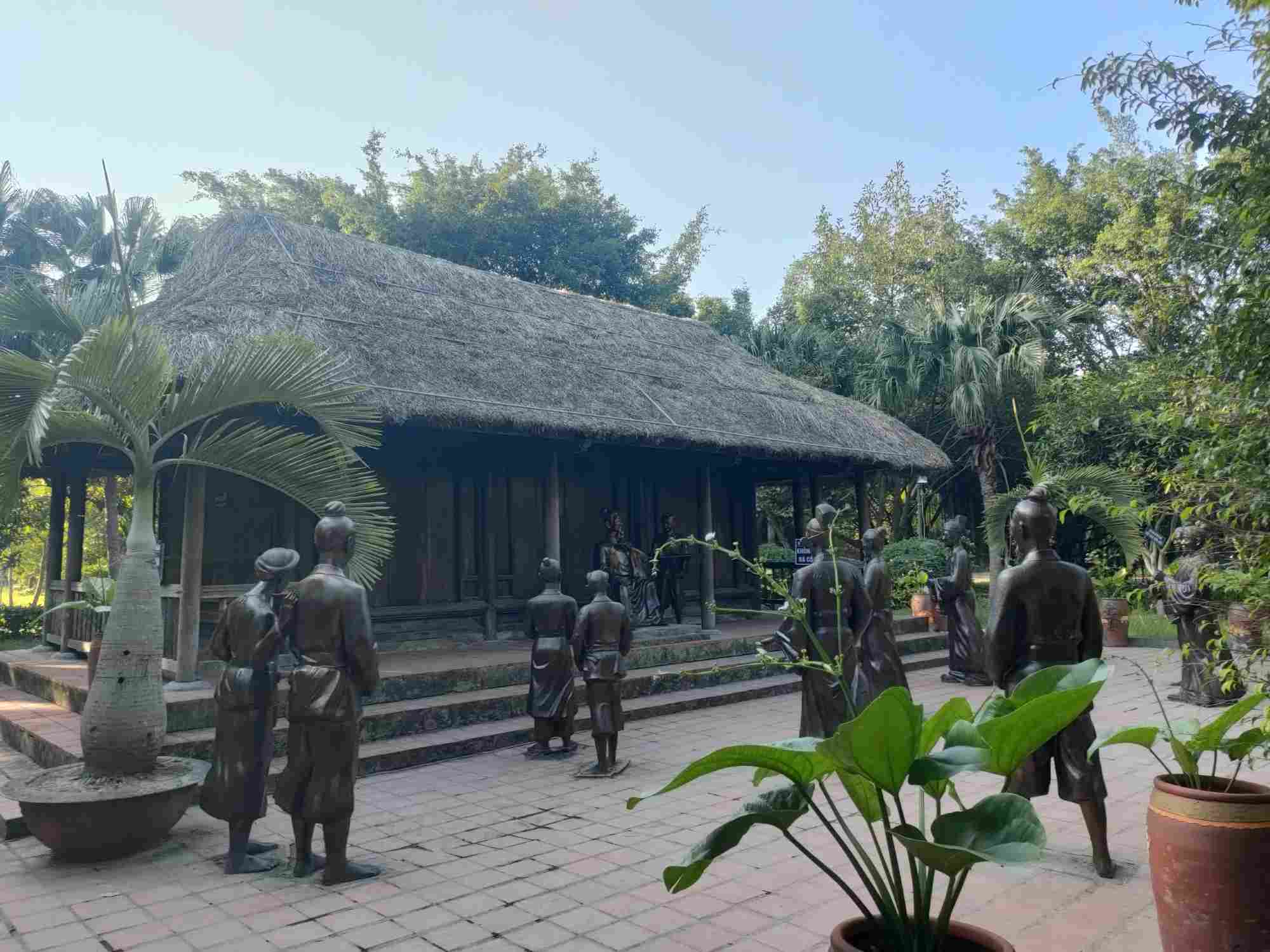
An Phu - Kinh Chu - Nham Duong Complex
The historical relic and scenic spots of the An Phu - Kinh Chu - Nham Duong Complex were recognized according to Decision 2499/QD-TTg in 2016 to rank it as a special national monument.
In particular, Kinh Chu Cave is also attractive because of the 47 unique Ma Nhai stele documents carved into the cliff. This stele literature system has existed from the 14th to the 20th century, by many different authors, and its content is also very rich, like a stele literature museum for 6 centuries. In 2017, the ghost beer system in Dong Kinh Chu was recognized as a National Treasure.
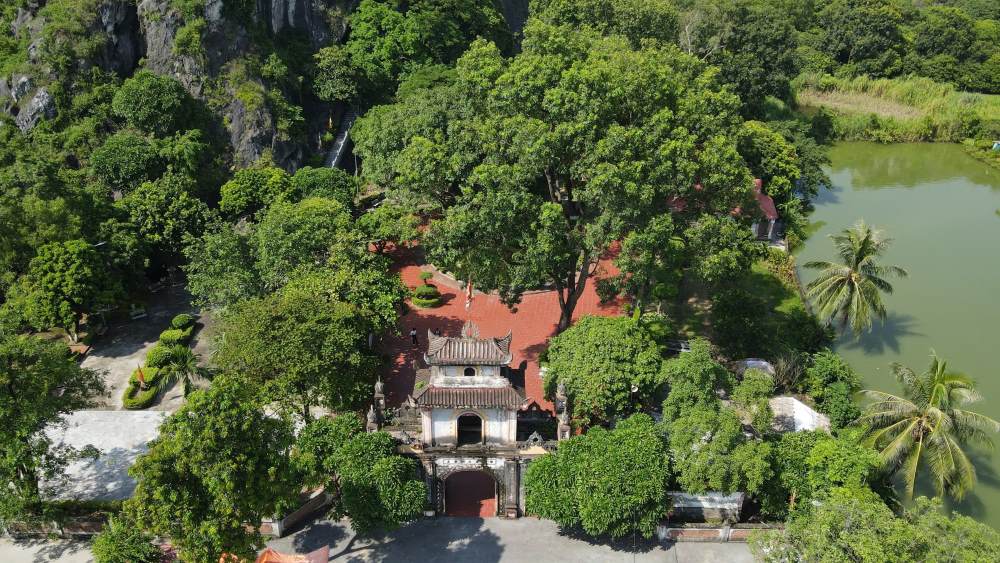
Mao Dien Temple of Literature
Mao Dien Temple of Literature was established during the Le So period (1428 - 1527), mainly organizing Huong competitions to select talents from the monks in Hai Duong town and the eastern part of Thang Long citadel. During the Mac Dynasty, the royal court organized a whole Hoi exam here.
In 1535, here, Trang presented Nguyen Binh Khiem as a perfect student, valedictorian of all three exams of Huong - Hoi - Dinh. During the Tay Son period, the Temple of Literature was moved from Vinh Lai to merge with the Huong competitions school and took the local name to name the relic, so it was named the Temple of Literature of Mao Dien.
The Temple of Literature is a complex of relics including items such as ancient temples, Temple of Literature, doctoral stele house including 14 steles named after 637 doctors and nurses in Hai Duong town, two ancient stele houses, bell towers, drum towers, Dong vu, Tay vu, road worship houses, back palace, Khai Thanh...
The historical site of Mao Dien Temple of Literature was ranked according to Decision 2082/QD-TTg in 2017.
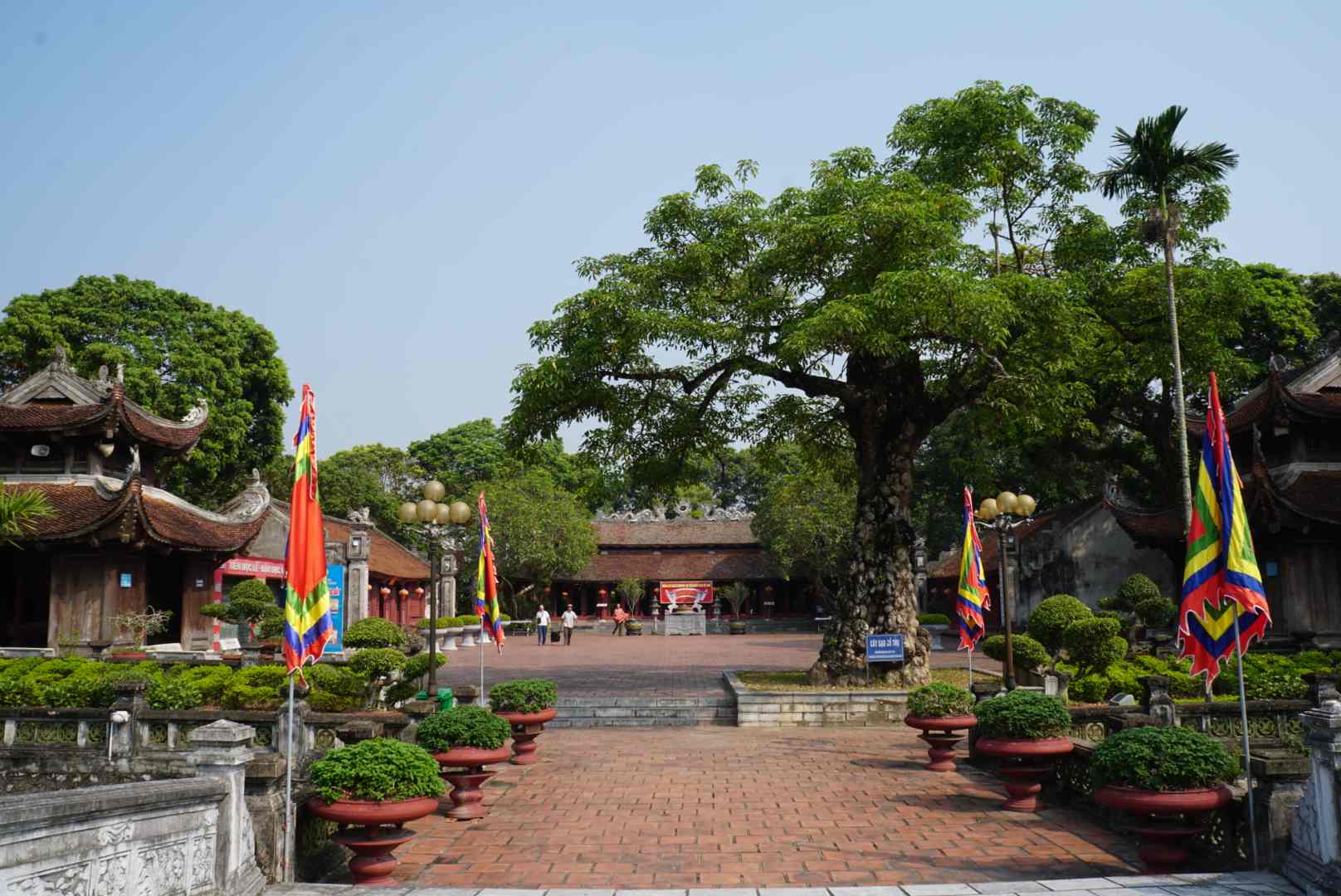
Xua Temple - Chua Giam - Bia Temple
In the same ranking as the Mao Dien Temple Historical Site is the Historical and Architectural Relic of the ancient Temple - Chua Giam - Bier Temple.
The monk's pagoda relic is located on a 2 hectare plot of land. In addition to the Buddha worship, this is the place where the statue of the great doctor Tue Tinh - the presiding god of Vietnam's medicine and pharmacy industry is located.
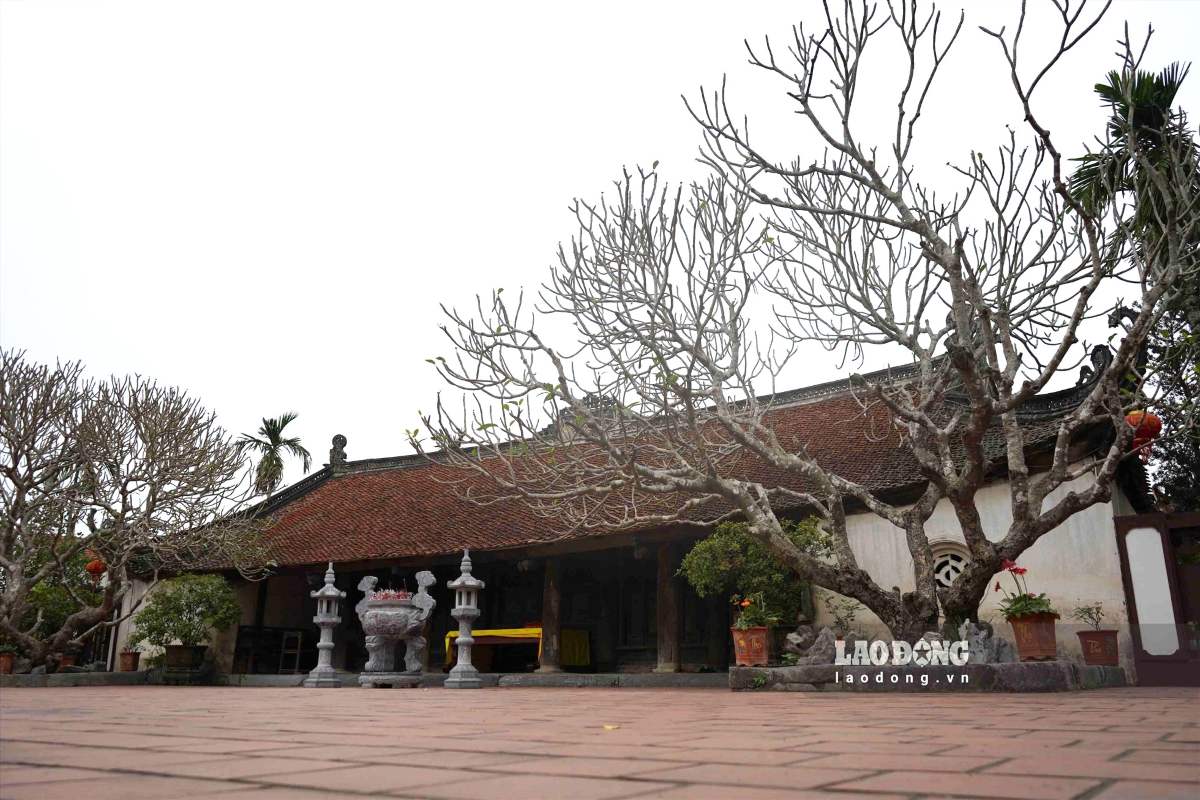
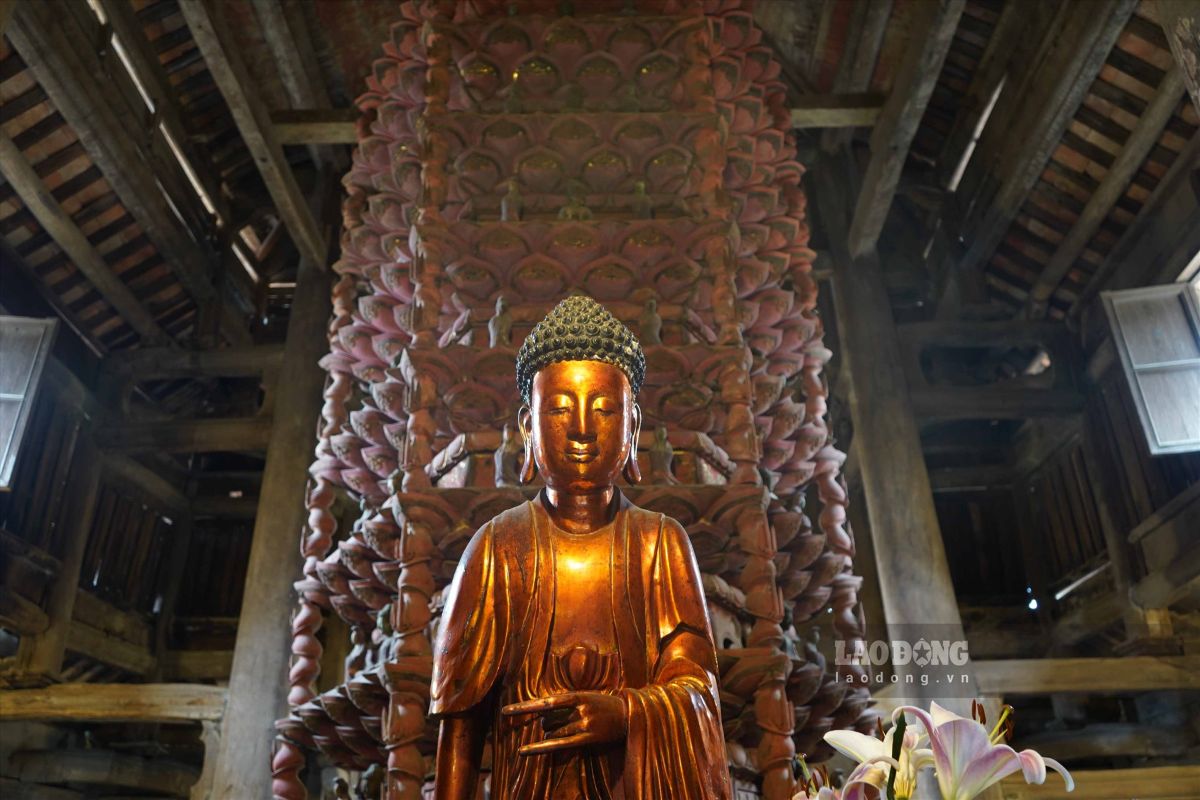
Ho Chi Minh Trail at Sea
Along the Ho Chi Minh Sea Journey, thousands of tons of weapons continued to be transported to the Southern battlefield, contributing significantly to the final victory of the resistance war against the US to save the country.
The historical site of the Ho Chi Minh Sea Road (Hai Phong city, Phu Yen province, Ba Ria - Vung Tau province, Ca Mau province) was recognized under Decision 1473/QD-TTg in 2024.
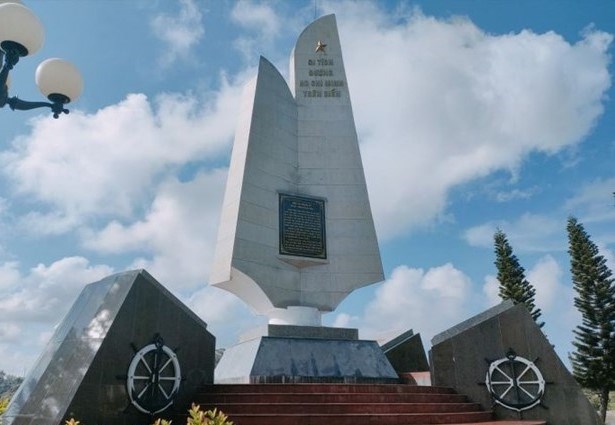
Mac Dynasty relics
The Mac Dynasty Memorial Site and 4 relics in the old Kien Thuy District (Hai Phong) including: Nhan Trai Pagoda, Tra Phuong Pagoda, Mac Dynasty Memorial Site, Tu Ho Mac Street and Hoa Lieu Temple - Pagoda are sacred destinations.
The Mac Dynasty Memorial Site is preserving the Nam Dao Dinh of Mac Thai To. This is the shield that has fought and fought with the Thai army in battle and victory, and has existed for more than 4 centuries.
The relic cluster related to the Mac Dynasty in Duong Kinh is one of 5 relics that Deputy Prime Minister Le Thanh Long signed Decision No. 152/QD-TTg dated January 17, 2025 to rank it as a special national relic (17, 2025).
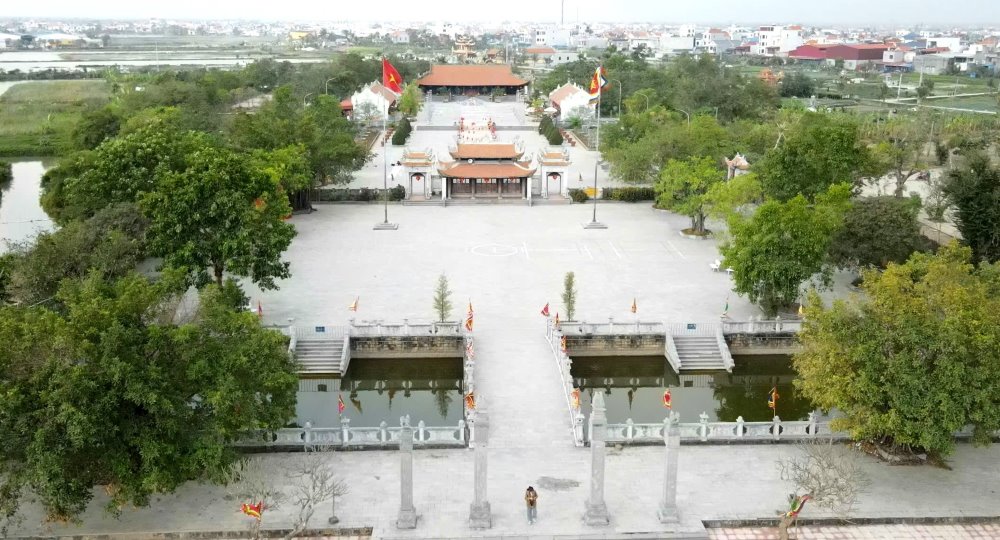
belonging to this complex, from the Mac Dynasty road is a famous historical site, recorded in historical books as the site of the Mac Dynasty's discovery. Originating from a fishing family, Mac Dang Dung - a native of Co Trai village - rose from the position of a guardsman until he was crowned and established the Mac Dynasty. The Mac Dynasty has played an important role in the history of Vietnam, famous for its solid and creative control in national management
Tu Luong Xam - Ngo Quyen's Property base
Tu Luong Xam is one of the "four sacred words" of the ancient An Duong district, worshiping King Ngo Quyen - the person who had a meritorious role in defeating the Southern Han army on the Bach Dang River in 938.
Xu Luong Xam currently preserves 3 Bach Dang deposits as evidence of the Bach Dang battle in 938.
Traveling in the first spring of the year, visitors cannot miss the Tu Luong Xam Festival famous for the marked meals with banh canh banh cong made with fresh flowers, on which the Vinh Duong Ngo Quyen's incense table is placed. Unique is that when passing by the Duc Vuong Ngo Quyen Monument area, the players cheer when seeing the "flying charisma", creating an impressive, sacred image in the festival...
Tu Luong Xam relic - Based on Ngo Quyen's capital in 938 (Dong Hai ward) was ranked as a special national relic.
